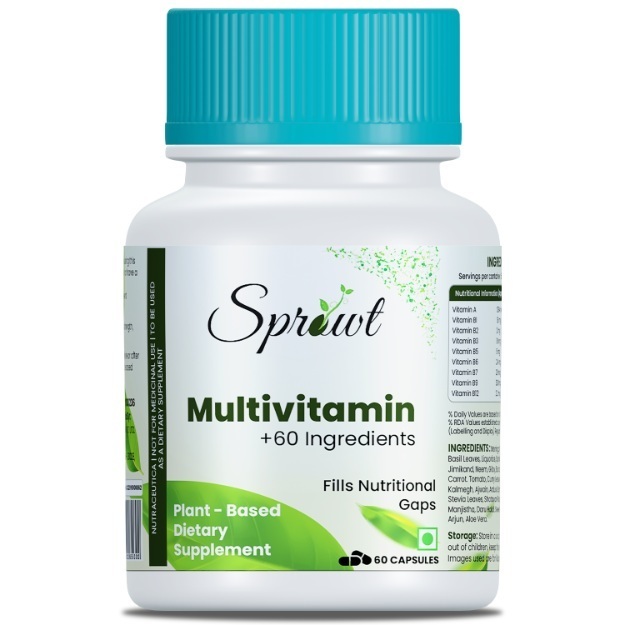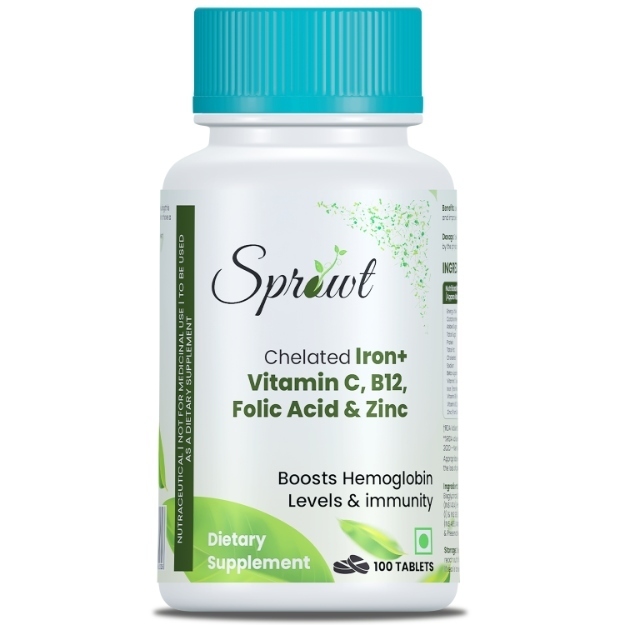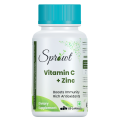Cadicrit is a prescription drug, available for use as Injection. It is primarily used for the treatment of Anemia. Other than this, Cadicrit has some other therapeutic uses, which have been discussed ahead.
The optimal dosage of Cadicrit is largely dependent on the individual's body weight, medical history, gender and age. Individual symptoms and route of administration also determines the right dosage. Detailed information has been provided in the dosage section.
Besides the aforementioned side effects, there are other adverse effects of Cadicrit as well, which are listed below. Normally, these side effects of Cadicrit are not long lasting and go away when the treatment is finished. Please speak with your doctor if these side effects worsen or persist for a longer duration.
In addition, Cadicrit's effect is Moderate during pregnancy and Moderate for lactating mothers. Further, the section on Cadicrit related warnings talks about Cadicrit's effects on the liver, heart and kidney.
Cadicrit is contraindicated in people with pre-existing medical conditions like High Blood Pressure, Seizures as it can result in adverse effects. Some other conditions that can be affected by Cadicrit are listed in the contraindications section below.
Drug reaction of Cadicrit with other medicines has been reported. See below for a complete list.
Along with the above-mentioned precautions, remember that taking Cadicrit is considered not safe while driving, and is not addictive.
X













